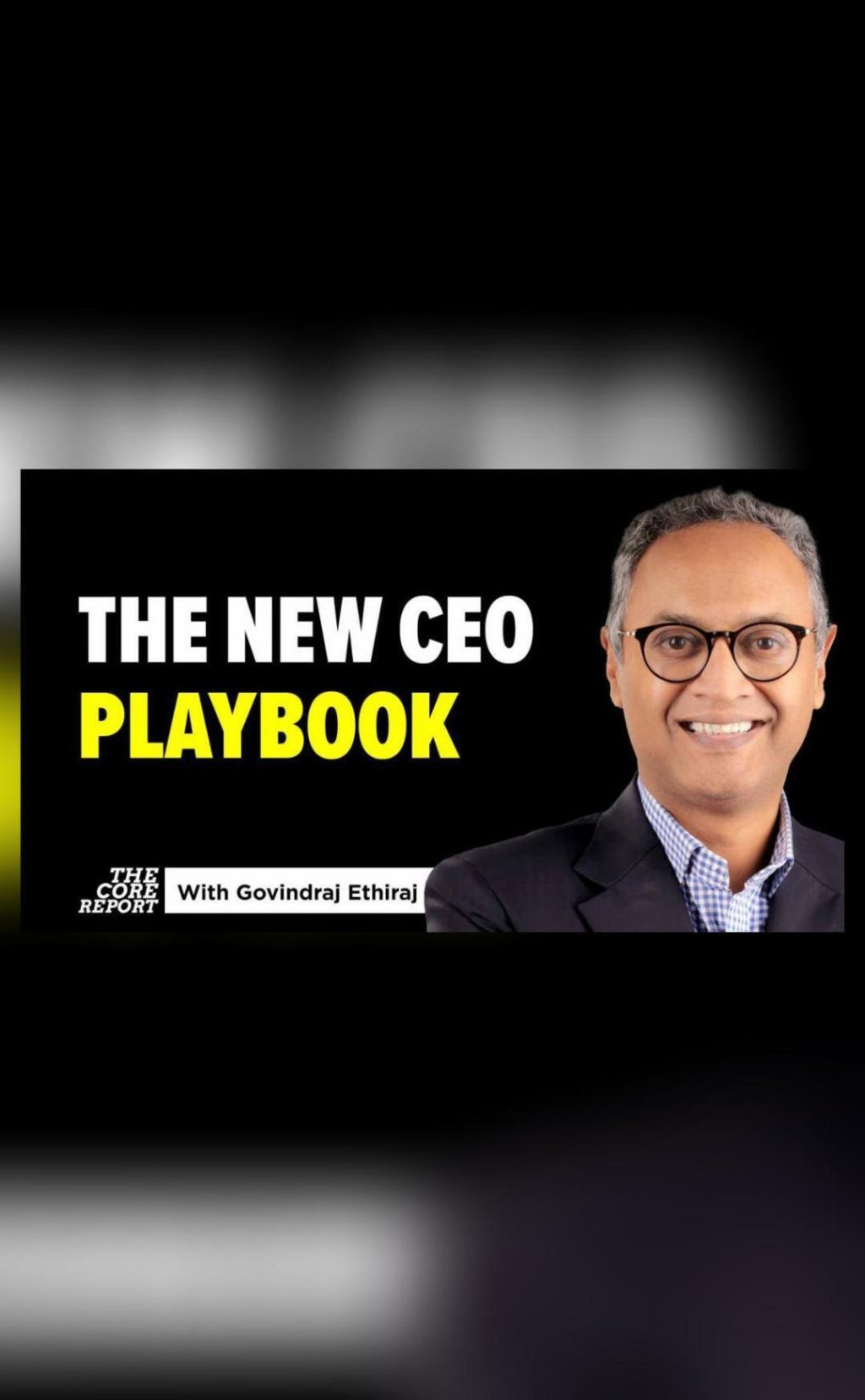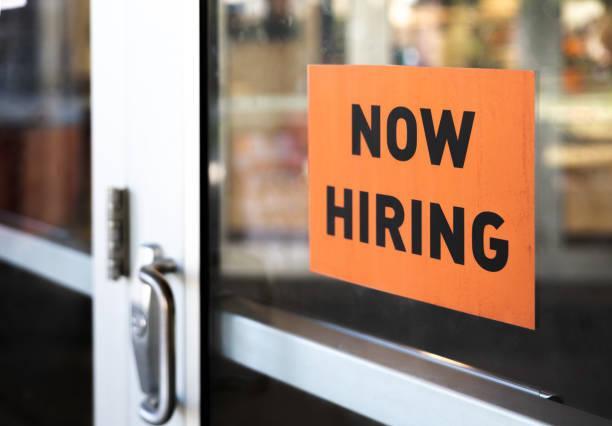
The New CEO Playbook: AI Pressures & Global Tariff Shocks
In today’s fast-paced and ever-changing business landscape, CEOs are facing unprecedented challenges. The rise of Artificial Intelligence (AI) is reshaping industries, while global tariff shocks are disrupting trade and global supply chains. As a result, business leaders must rethink their strategy and operations to stay competitive and thrive in this new era.
Internal Pressures: Automate and Innovate
One of the primary challenges CEOs are facing is the need to automate and innovate in response to AI pressures. As AI becomes increasingly prevalent, companies must adapt to new technologies and processes to remain competitive. This requires significant investments in research and development, as well as a willingness to disrupt traditional business models.
For example, companies in the manufacturing sector are being forced to rethink their production processes in response to AI-powered automation. This may involve investing in new machinery and technology, or retraining workers to take on new roles. According to a recent report by McKinsey, “AI has the potential to boost the global economy by up to $13 trillion by 2030.”
However, this shift to automation also poses significant risks for workers. As machines take on more tasks, there is a risk of job displacement, particularly in industries where repetitive or routine tasks are more prevalent. CEOs must therefore balance the need to innovate and automate with the need to protect their workforce.
External Pressures: Shifting Trade Policies
In addition to internal pressures, CEOs are also facing external challenges in the form of shifting trade policies. The rise of protectionism and tariffs has created uncertainty and instability in global trade, making it difficult for companies to predict and plan for the future.
For example, the ongoing trade war between the US and China has led to significant tariffs on imports and exports, causing disruptions to global supply chains. Companies that rely heavily on international trade are being forced to adapt to these changes, which can be costly and time-consuming.
According to a recent report by the World Bank, “trade tensions have increased significantly in recent years, and the impact on global trade is expected to be significant.” This uncertainty and instability can make it difficult for CEOs to make long-term plans and investments, as the rules of the game are constantly changing.
The Need for Localization and Adaptation
In response to these challenges, CEOs are being pushed to localize and adapt their businesses. This may involve diversifying supply chains, investing in new technologies, and rethinking business models.
For example, companies that rely heavily on international trade may need to diversify their supply chains to reduce dependence on a single market or supplier. This may involve investing in new suppliers, or developing new relationships with local businesses.
Similarly, companies that are heavily reliant on AI may need to develop new skills and training programs to ensure that their workforce is equipped to adapt to the changing landscape. This may involve partnerships with educational institutions, or investments in new training programs.
Rethinking Long-Held Business Models
Finally, CEOs are being forced to rethink long-held business models in response to these challenges. As the business landscape continues to evolve, companies must be willing to adapt and innovate to stay competitive.
For example, companies that were previously focused on mass production and efficiency may need to rethink their business model in response to the rise of AI and automation. This may involve investing in new technologies, or developing new business models that prioritize customization and flexibility.
Similarly, companies that were previously focused on international trade may need to rethink their business model in response to shifting trade policies. This may involve diversifying supply chains, or developing new relationships with local businesses.
Conclusion
In conclusion, the new CEO playbook is all about adapting to AI pressures and global tariff shocks. As the business landscape continues to evolve, CEOs must be willing to rethink their strategy and operations to stay competitive.
This requires a willingness to invest in new technologies and processes, as well as a willingness to adapt to changing market conditions. It also requires a focus on localization and adaptation, as companies must be able to respond quickly to shifting trade policies and global supply chain disruptions.
Ultimately, the key to success in this new era is the ability to innovate and adapt. CEOs who are able to do so will be well-positioned to thrive in the years ahead, while those who are slow to adapt may struggle to stay competitive.
Watch the video for more insights:
Source:






